
Home heating and water heating
This is perhaps the most common type of rational use of the heat generated as a by-product when creating cryptocurrencies. Back in 2017, the Russian startup Comino proposed a device assembled on the basis of a GPU farm, designed for Ethereum mining for heating.

comino miner
Vedomosti wrote that the project even received $ 10 million in investment. In 2018, the French start-up Qarnot QC-1, using all the same GPUs, namely the Radeon RX 580, suggested heating houses and simultaneously mining Ethereum, Bitcoin and Litecoin. Another project that claimed the title of the first crypto heater was qc1 from qarnot 2 GPU: NITRO + RADEON RX 580 8G with a hash rate of 60 MH / s. It makes no sense to write about the expediency of using these devices to create promising cryptocurrencies, because, unfortunately, the era of GPU mining has gone into oblivion.
The widespread adoption of ASICs has added enthusiasm to inventors. For example, the HeatMiner startup adapted for heating and water heating one of the most popular mining devices working with the sha-256 algorithm - Antminer S9. This ASIC consumes 1,500 watts and converts about 800 watts into heat. Usually this residue is not used. In the case of HeatMiner, you can turn several ASICs into a heating / water heating unit. The question of how much can be mined today using S9 is a rhetorical one. Obviously, you will have to re-equip your devices to work with some more modern crypto-emission unit.
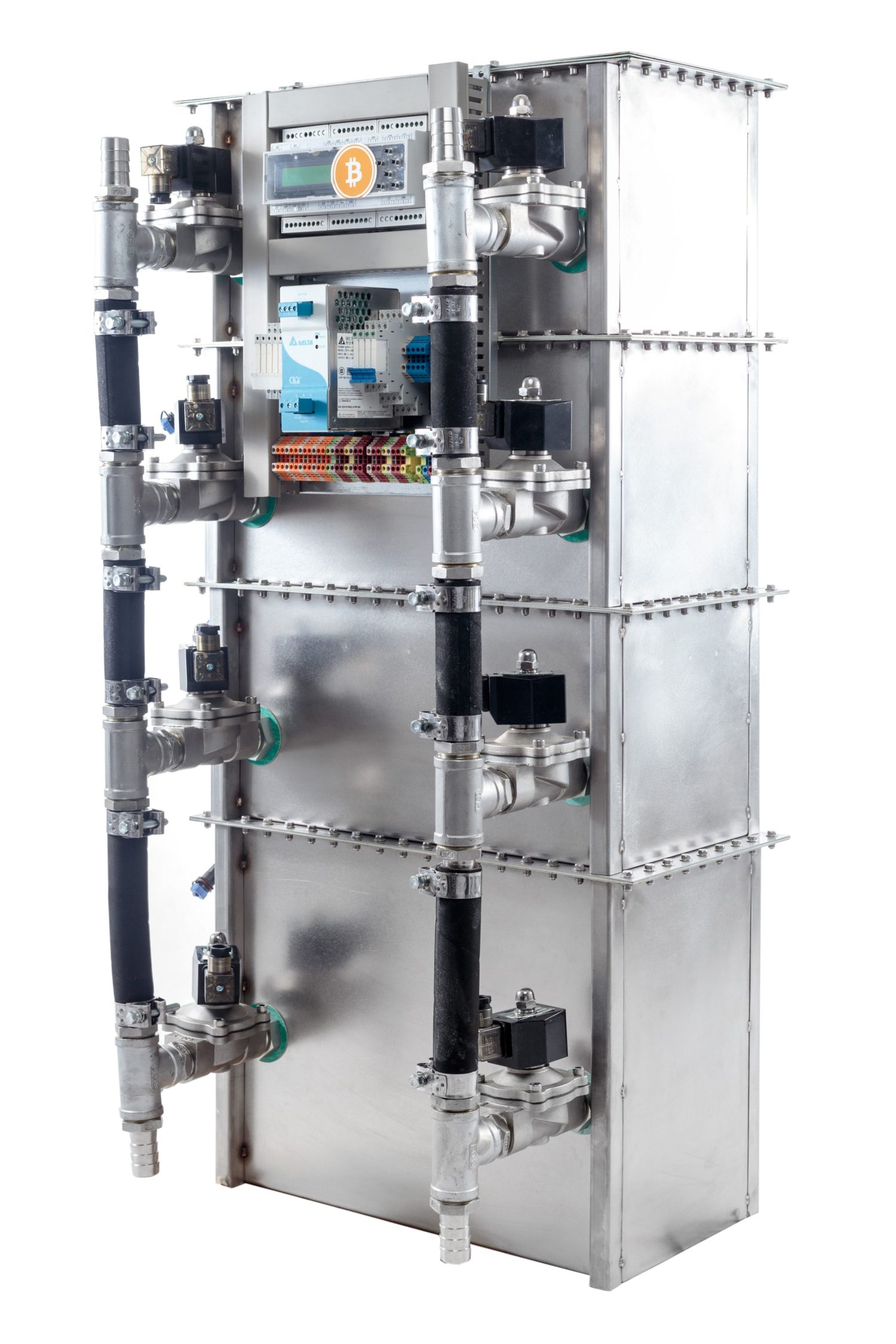
“Device from HeatMiner”
In Russia in 2018, when discussing the idea of the Russian crypto valley, the creation of which was proposed by the mining operator BitCluster, the possibility of rational use of thermal energy about equipment for heating and water heating was considered. It was estimated that even a relatively small ASIC data center, for one to two thousand devices, will be able to provide a small micro district with hot water.

The management of BitCluster does not exclude that in the foreseeable future a similar project can be experimentally implemented on the basis of the existing mining hotel in Bratsk, where thousands of ASIC miners are currently concentrated, with a high total thermal radiation power.

BitCluster co-founder, Sergei Arestov, said that the idea of using heat was driven by successful private projects, such as Li's ASIC hot water boiler (aka gta3uzi), which was written about in 2018 at www.vice.com . An IT specialist from Alabama adapted the ASIC to heat bath water. The installation, built on the basis of one ASIC miner, with continuous operation allows you to heat water up to 50 degrees Celsius. If you believe the words of Lee in an interview, then his net profit from mining in 2018, taking into account a decrease in hot water bills, increased from 10 to 47% after the launch of the hot water installation (I think the high tariffs for hot water supply in the United States played a role).
Greenhouses and fish factories
Heating a house is good, but there are people who have gone even further. The Canadian mining operator Heatmine from Quebec has found the possibility of using thermal energy in the agricultural sector. A significant circumstance was that in Quebec - 10 months a year, the temperature is quite low, which affects both agriculture and the cost of heating.
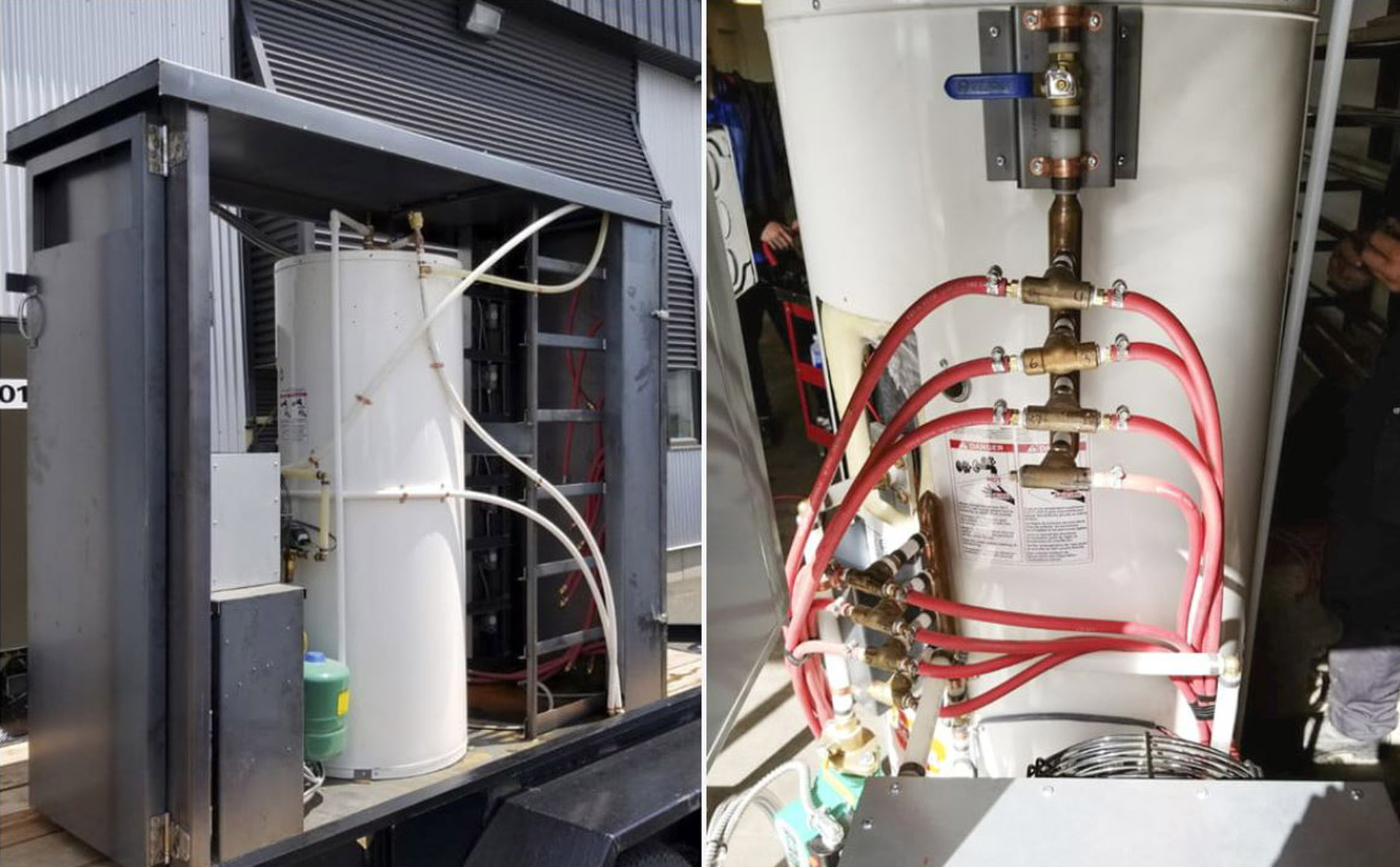
Using a heat dissipation system from ASIC miners, Canadians first developed an internal water heating system and then used miners to heat agricultural greenhouses. The company also offers to heat apartment buildings and even industrial enterprises. Experiments with greenhouses where strawberries were grown demonstrated the high efficiency of such heating. Heatmine claims that with a recirculation system, the cost of heat is covered by 75-100%, and the greenhouse is able to produce a lot of strawberries, which can compete with the Mexican.
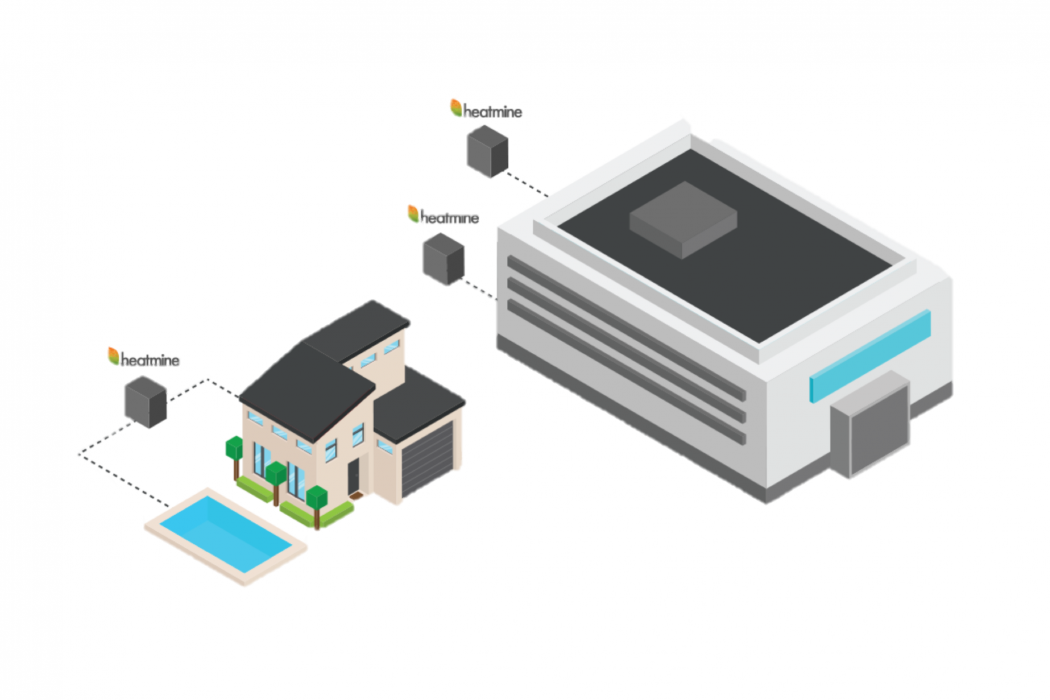
Another Canadian company, Myera Group, went even further. The ASIC miners they use heat the water, which is then used for fish farming and heating the greenhouse.

The process is designed in such a way that the water that has already been used in the fish tank is subsequently used for watering plants. Also, the devices are partially used for heating.

People for mining
While some adapt mining to human needs, others try to do the opposite and turn a person into a resource for crypto emission. The Institute for Human Obsolescence is developing an opportunity to use the heat of the human body to power ASIC miners. The essence of the idea is the conversion of the excess heat of the human body into electricity, which will feed the ASIC. The idea has been widely known since the movie “The Matrix”.
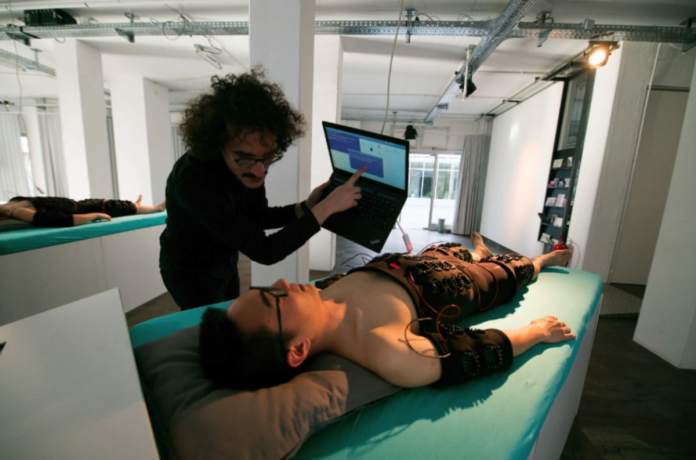
According to the authors of the project, which they shared with thenewstack.io , one person alone generates 100 watts of excess heat. The company created a suit that is capable of converting excess thermal energy into electrical energy using thermoelectric generators. Generators look in the form of peculiar suits that the “live battery” puts on so as not to do anything for 2-3 hours of work shift.
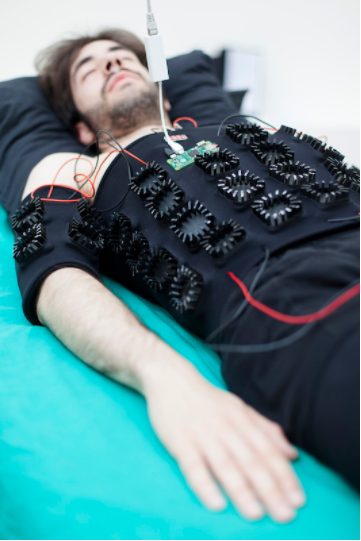
In 2018, when the project was actively promoting, thenewstack.io wrote that more than 16,000 tokens had already been earned by battery volunteers, these were mainly altcoins such as Vertcoin, Ethereum and Lisk. Under the terms of participation, volunteers received 80% of the profit, and experimenters 20%.
Total
To date, none of the projects described above are widespread. However, it is possible that while maintaining the growth dynamics in industrial mining, some of the ideas described will be in demand. I will be grateful for the opinion of readers about the described startups and about the prospects for their implementation.
Photo content used:
medialeaks.ru/1312sda-matritsa-i-kriptovaluty
elektrovesti.net/58391_teplo-chelovecheskikh-tel-mozhno-ispolzovat-dlya-mayninga-kriptovalyut
betakit.com/heatmine-says-it-has-an-eco-friendly-solution-to-bitcoin-energy-waste